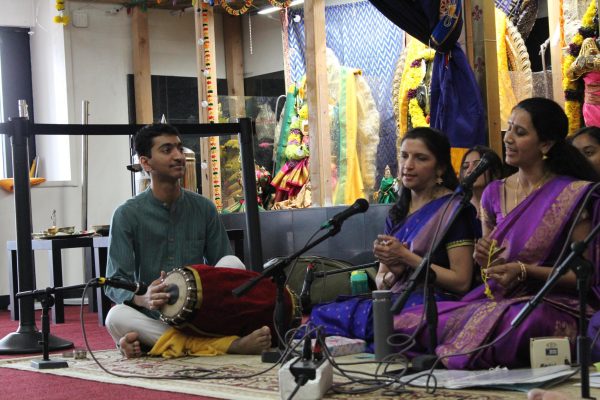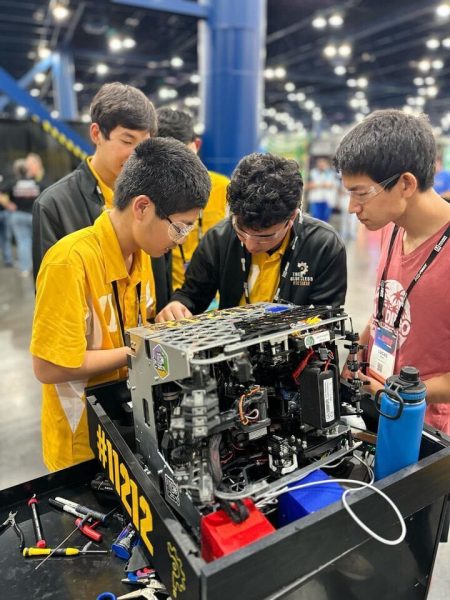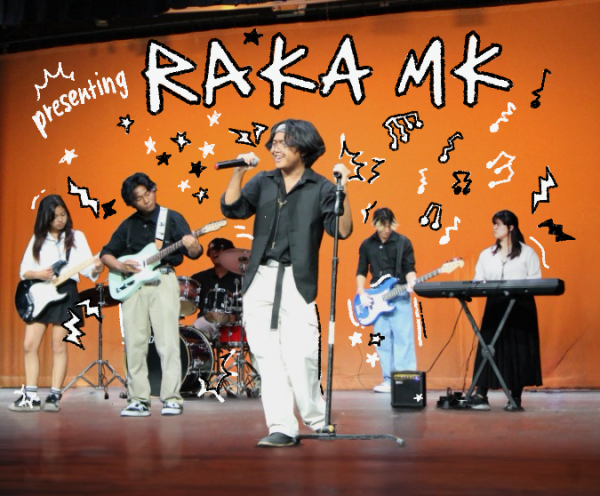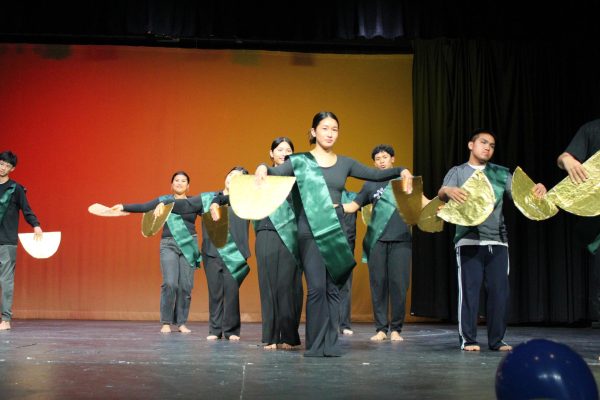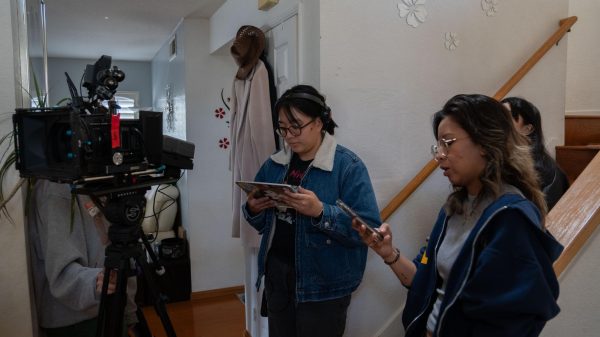Das solves Rubik’s cube in 6 seconds
March 18, 2022
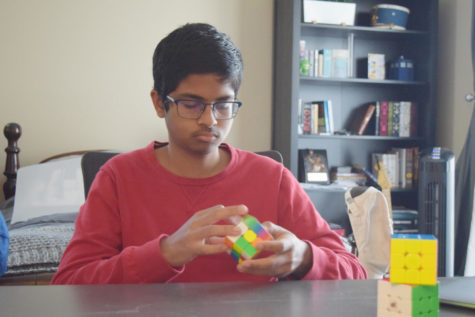
As a fifth-grader, Nipun Das (12) was indifferent to puzzles. Their simple solutions made them an easy and somewhat boring after-school activity with little merit besides the final pretty picture. Eventually, if he just put enough time into it, they would come out perfect. He’d just need to find the right pieces, put them into the correct place, and he’d completed the activity.
But the Rubik’s Cube was different. He couldn’t just spin the layers until the colors matched up or randomly turn it until one configuration fit. He had to use all the knowledge he had accumulated in his previous 5 years of schooling to ponder his every move, think about how he was going to get the colors back in order. It challenged him.
“Because the [Rubik’s cube] stumped me, I ended up becoming determined to learn it,” Das said. “I watched a video tutorial on the different strategies and learned how to solve it.”
Instead of thinking of solving the cube in sides, he did so in layers. He would start with the bottom layer and work his way to the top. Soon he could do it consistently enough where he felt comfortable showing off his skills at school.
“It just felt nice to be able to solve it and show my friends,” Das said. “A few of my friends could also solve it but it was cool just because it was so hard to solve.”
But shortly after he could solve it, he decided to put down the cube. His friends had lost interest and there was nothing he felt he could do going forward with his talent. It had lost its appeal—what made it special.
“There were really no competitions,” Das said. “So I was really only doing it for my friends. Once they lost interest I didn’t really have any motivation to do it anymore because I didn’t really find it interesting enough on its own.”
His hiatus from cubing ended in seventh grade when his friend showed off his ability to solve the cube with speed and precision. When Das would solve it, it would often take upwards of five minutes, but it took his friend 30 seconds. He felt something rise inside him—a need to pick the Rubik’s cube back up.
“I’m sort of a competitive person,” Das said. “I thought if he was able to do it in 30 seconds then I should be able to do that too. That drive pushed me and I started working to solve it faster.”
He began to learn the ins and outs of decreasing his time, starting with the most fundamental part of cubing—turns.
“When you first start [cubing] you often turn each side with your whole wrist,” Das said. “But you can turn a side with just one finger, which will save you a ton of time.”
But that wasn’t the only strategy he had up his sleeve. Looking at the cube in layers was his main solving method, but he now had to parse multiple layers at a time in order to increase his speed and decrease latency.
“You can usually solve the first two layers at the same time,” Das said. “It sounds a bit weird but once you learn it, it saves a ton of time.”
Now, it takes Das a mere six seconds to solve the cube. Four years of experience has allowed him to hone his hand-eye coordination so he can solve the cube in a whirl of calculated flips and turns.
In seventh grade Das was also able to find some local tournaments to participate in, where he was able to use his competitive drive to work on decreasing his times.
“I pretty much do it as a sport,” Das said. “I view it as a sport because although it’s not very demanding physically, you are still practicing, you are still working on improving and you are still competing, which are all things you do in sports.”
Although he uses this time to work on improving his times and skills, he also says that these competitions are always not too heavy on the pressure since there is such a wide range of skill levels.
Because of the laid back nature of these competitions, Das said that most people, regardless of skill level, are friendly to their opponents. Because there is no direct competition with one another, there is less of an incentive for being aggressive.
“Everyone there is extremely supportive,” Das said. “They cheer on every single person, not just the best. It is competitive, but also a really supportive environment, I mean there are [friends] that don’t necessarily live in San Diego that I’ve met through [cubing].
But past the competitions, the new friends, and the skills he’s acquired, cubing helps provide Das something to calm him when schoolwork begins to accumulate.
“It takes my mind off things because it takes enough energy actively thinking about it to distract me,” Das said.



